
Begining at the confluence of the North Fork of the Gunnison there are two sections. The North Fork to Smith Fork which goes up into the NCA, and the lower section, the confluence down to Austin.
July 24, 2025
The Gorge - Flows are currently steady and sitting at 678 cfs. Water clarity is great through the gorge and fish are feeding happily! The hopper fishing has continued to produce some really nice fish if you can keep it tight to the banks. Fishing a deep nymph rig in the riffles & runs might be the most effective technique through out the day. Fish have been actively feeding on baetis nymphs in sizes #16-22. ly ny
Pleasure Park up the Gorge - Same as the Gorge.
Pleasure Park Down Lower Gunnison - The Lower Gunnison stretch has been fishing consistent with hoppers & ants along the banks. When the dry flies begin to slow down moving over to a dry dropper with small caddis and mayfly nymphs has been solid!
Rubberlegs #8-10, Sparkle Emerger #14-18, San Juan Worms #10, Perdigons #14-16, Frenchies #14-18, Peanut Envy, Sex Dungeon, and Mini Sex Dungeon, Raninbow Baby Gonga, Swim Coach
_2.jpg)
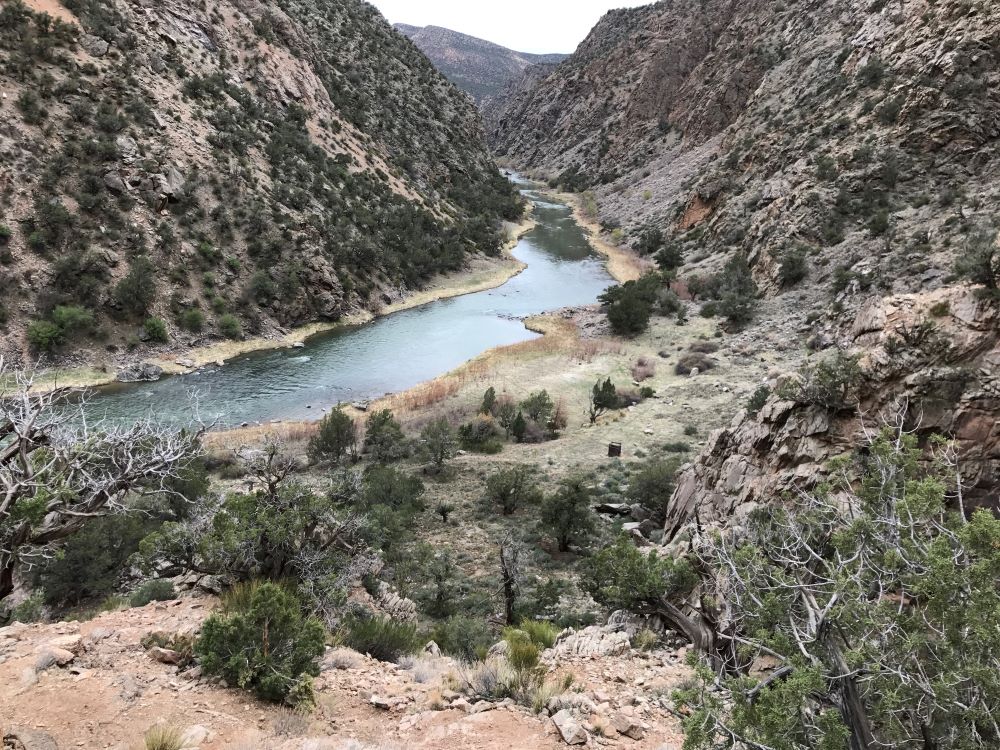
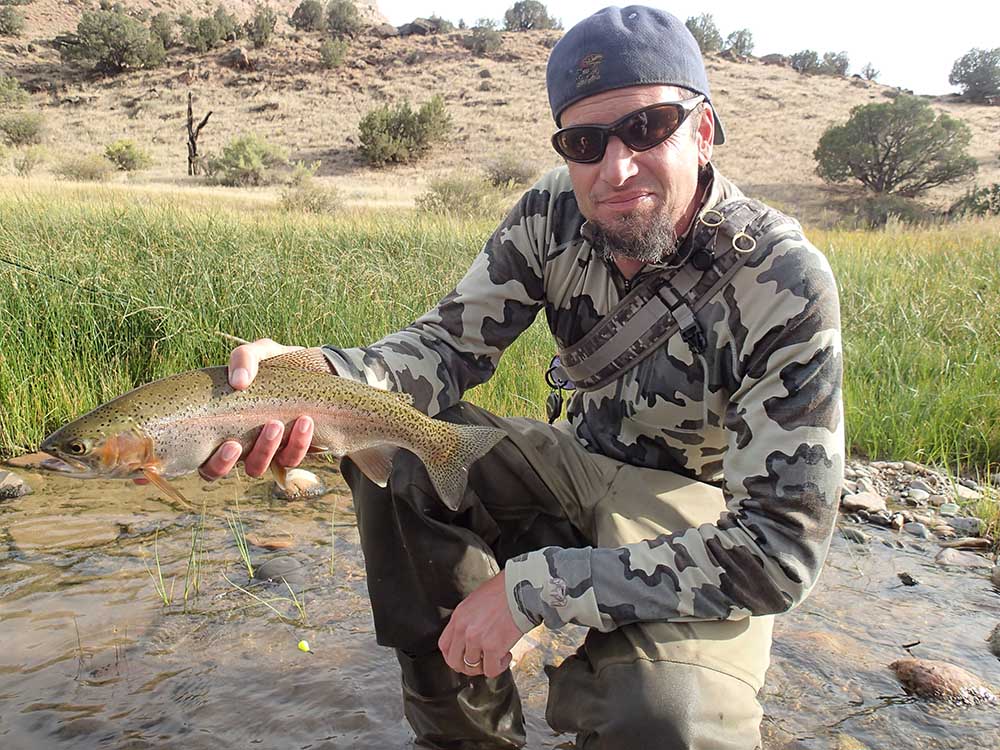
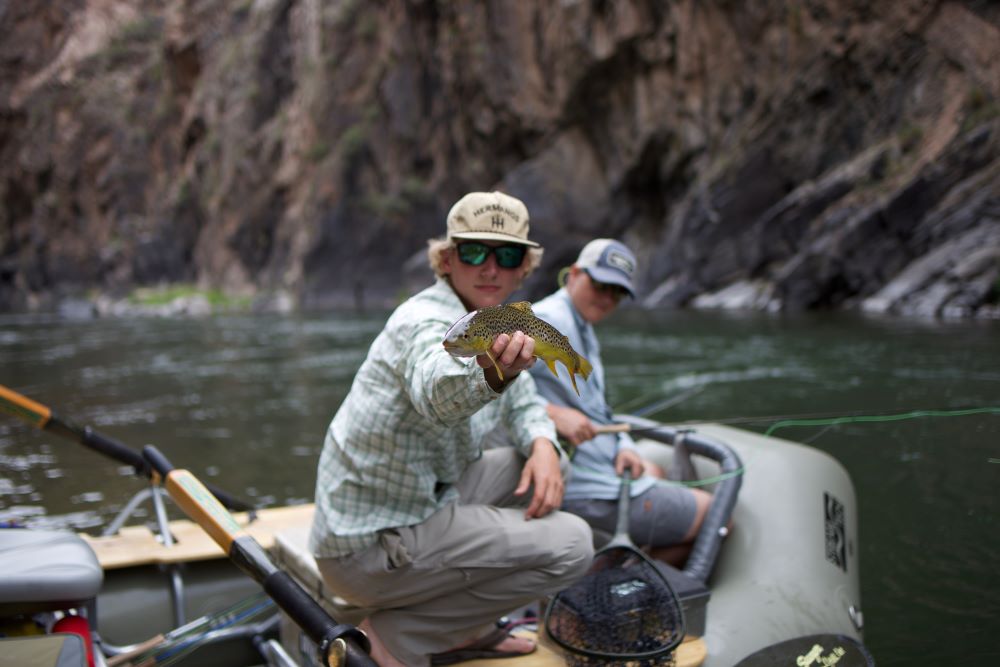
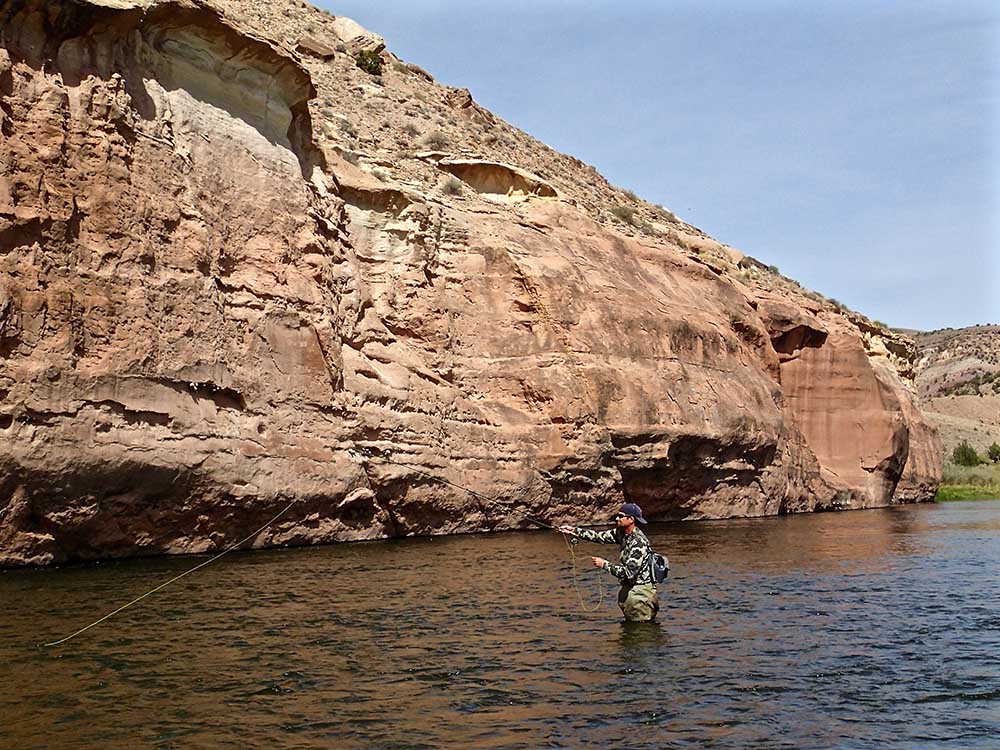
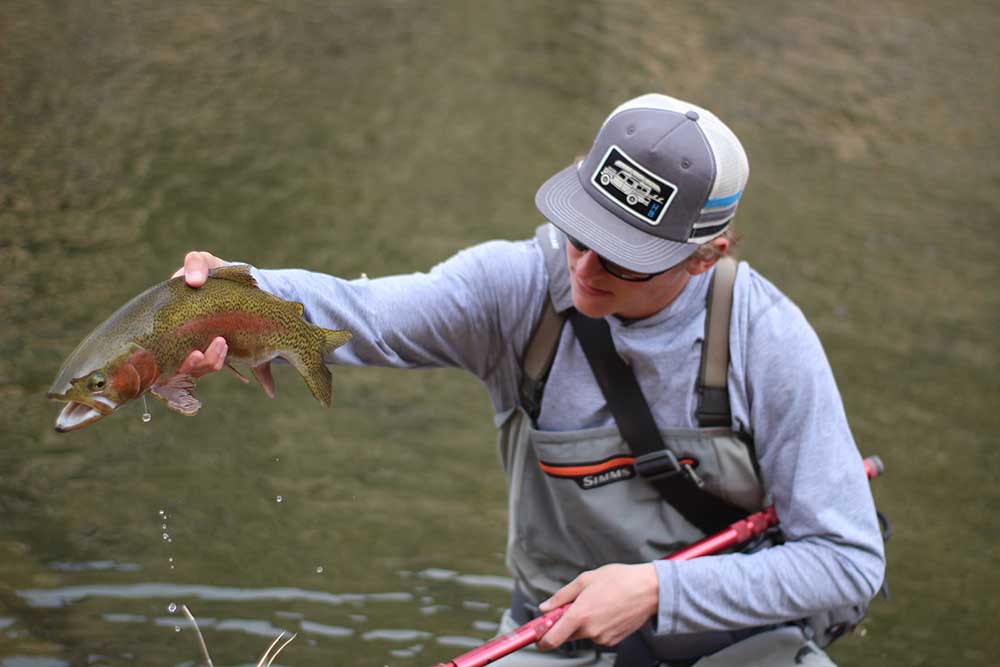
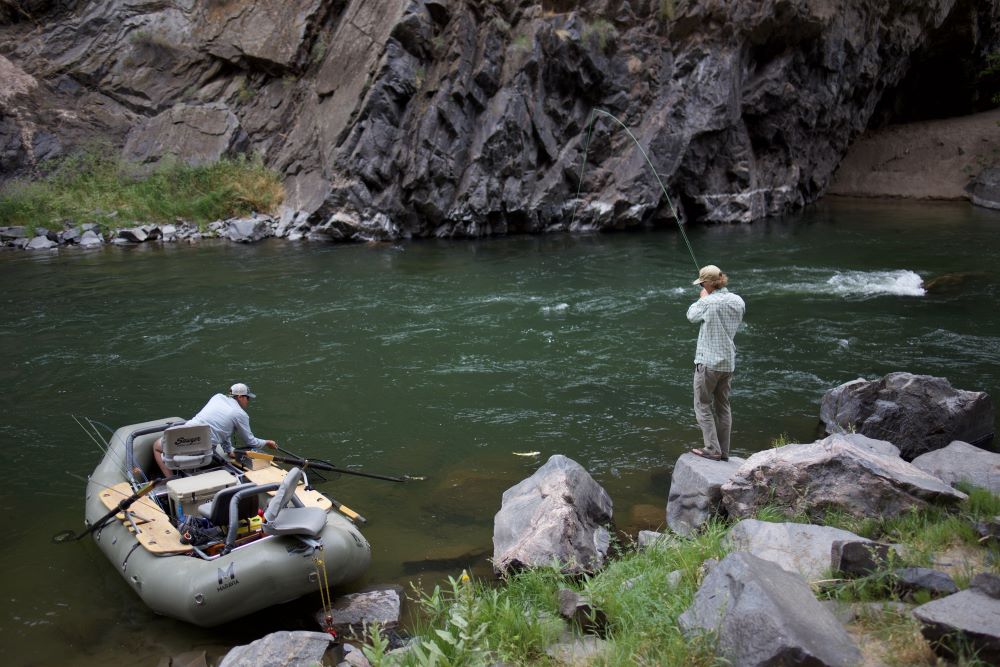
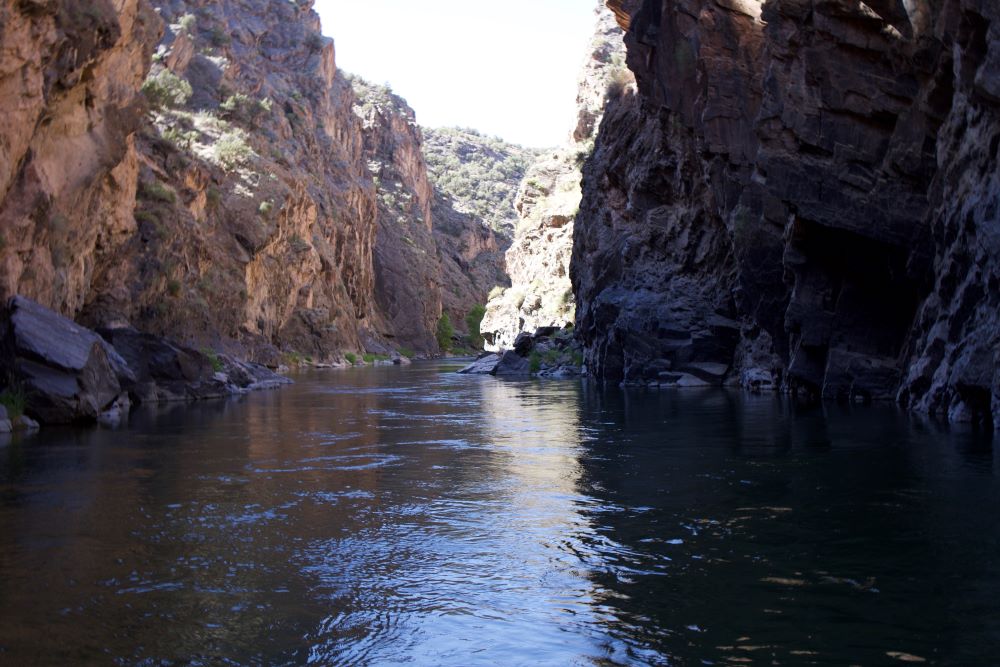
Fly Rod: For fishing the Gunnison River, a 9' 5wt or 6wt fly rod is an excellent choice, offering the perfect balance of power and sensitivity for a variety of conditions. A rod with a fast action provides the versatility to handle everything such as dry fly presentations and nymphing techniques, making it ideal for the river’s diverse waters. The extra length helps with mending, reach, and accuracy, ensuring effective casts in the Gunnison’s challenging currents.
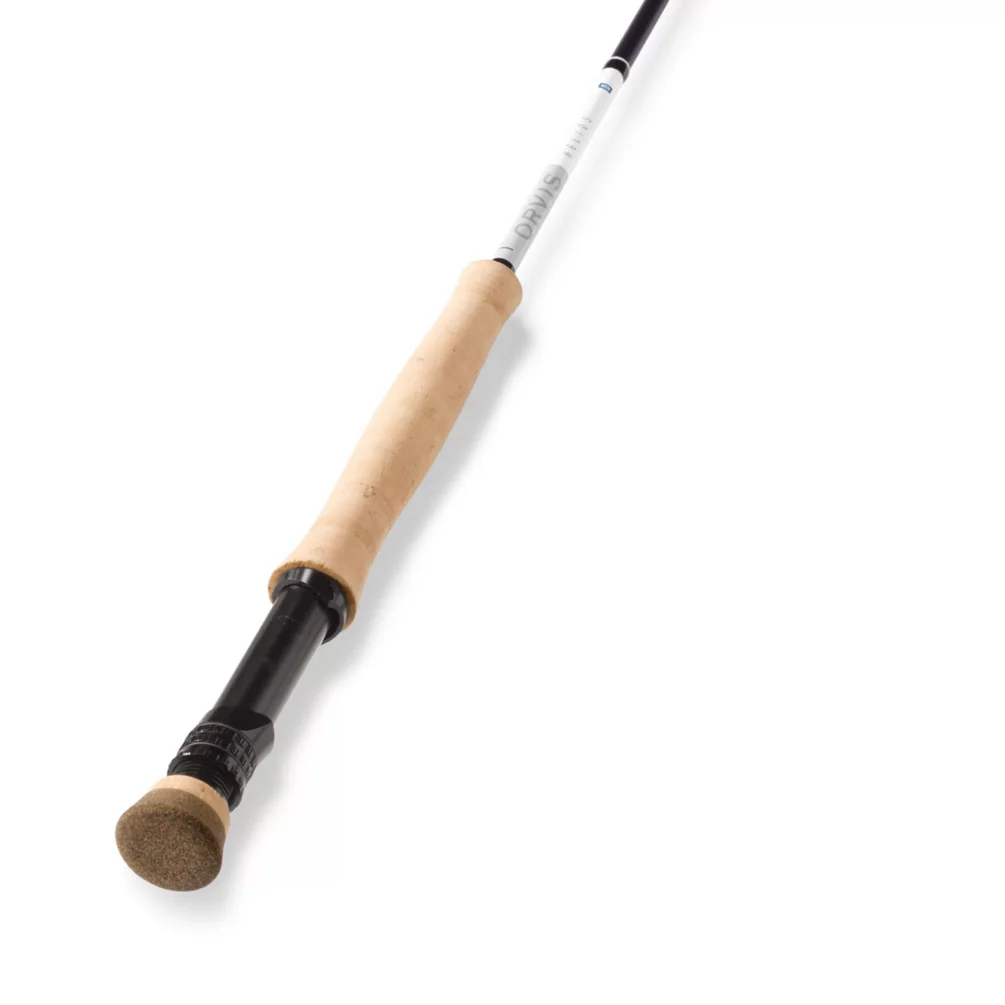
Fly Reel: On the Gunnison River, a fly reel with a smooth, reliable drag system is essential to handle the hard-fighting rainbow and brown trout. A reel with a large arbor will ensure quick line retrieval, helping you stay connected with fast-moving trout and making it easier to manage long runs. Durability and a powerful drag system are key to handling the challenges of this dynamic river.
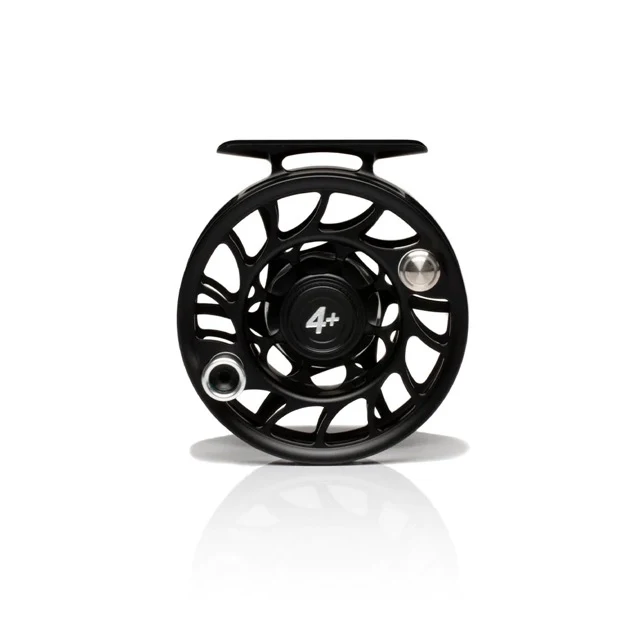
Fly Line: A quality fly line is essential for trout fishing on the Gunnison River, offering versatility for both dry fly and nymphing techniques. A larger taper fly line allows for turning over larger dry-dropper and nymph rigs, providing better control and presentation. It reduces drag and enhances accuracy, helping anglers adapt to fast currents and maximize success in challenging conditions.
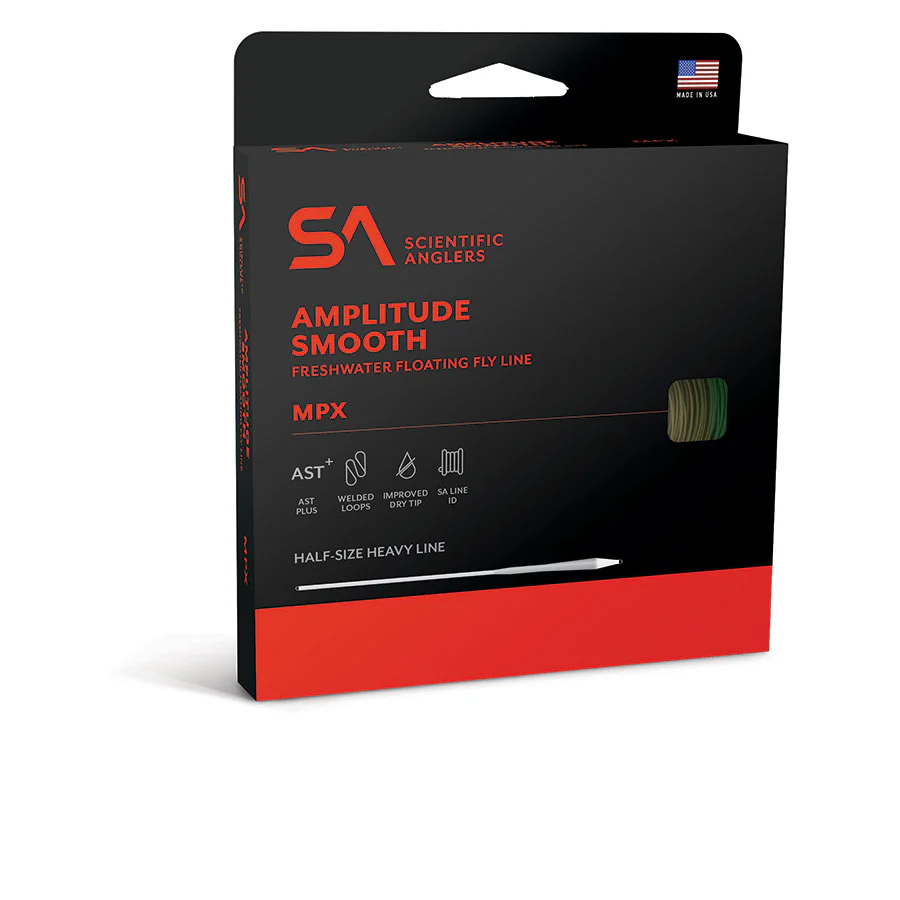
The genesis of the famed Gunnison River is in Almont where the East and Taylor Rivers merge. Lazily snaking through cottonwood-lined ranchland for 20 miles, the upper "Gunny" is dammed to form Blue Mesa Reservoir, the Centennial State's largest body of water. After being dammed two more times forming Morrow Point and Crystal Reservoirs, the lower Gunnison River escapes Crystal Dam and carves through one of the most breathtaking and wild chasms on earth, the Black Canyon of the Gunnison and its more mellow downstream neighbor the Gunnison Gorge, before slogging toward a rendezvous with the Colorado River in Grand Junction.
The Gunny is a big fish river in the truest sense of the words, as the entire upper Gunnison and the lower Gunnison downstream to the Smith Fork meets Colorado Parks & Wildlife’s criteria for Gold Medal status. Wild brown trout and a mix of wild and stocked rainbow trout, along with a few cutbows (mainly in the upper river), inhabit the Gunnison River. While there are ample opportunities for a walk and wading angler throughout the entire length of the Gunnison, both the upper Gunnison and the Gunnison Gorge are tremendous float-fishing destinations with the Gunny Gorge easily rating as Colorado’s marquee fly float trip. Ample public access, robust aquatic insect hatches, excellent numbers of trout, and big fish potential all make the Gunnison one of the Centennial State’s best fisheries and a must-visit destination for your fly fishing trip to western Colorado.